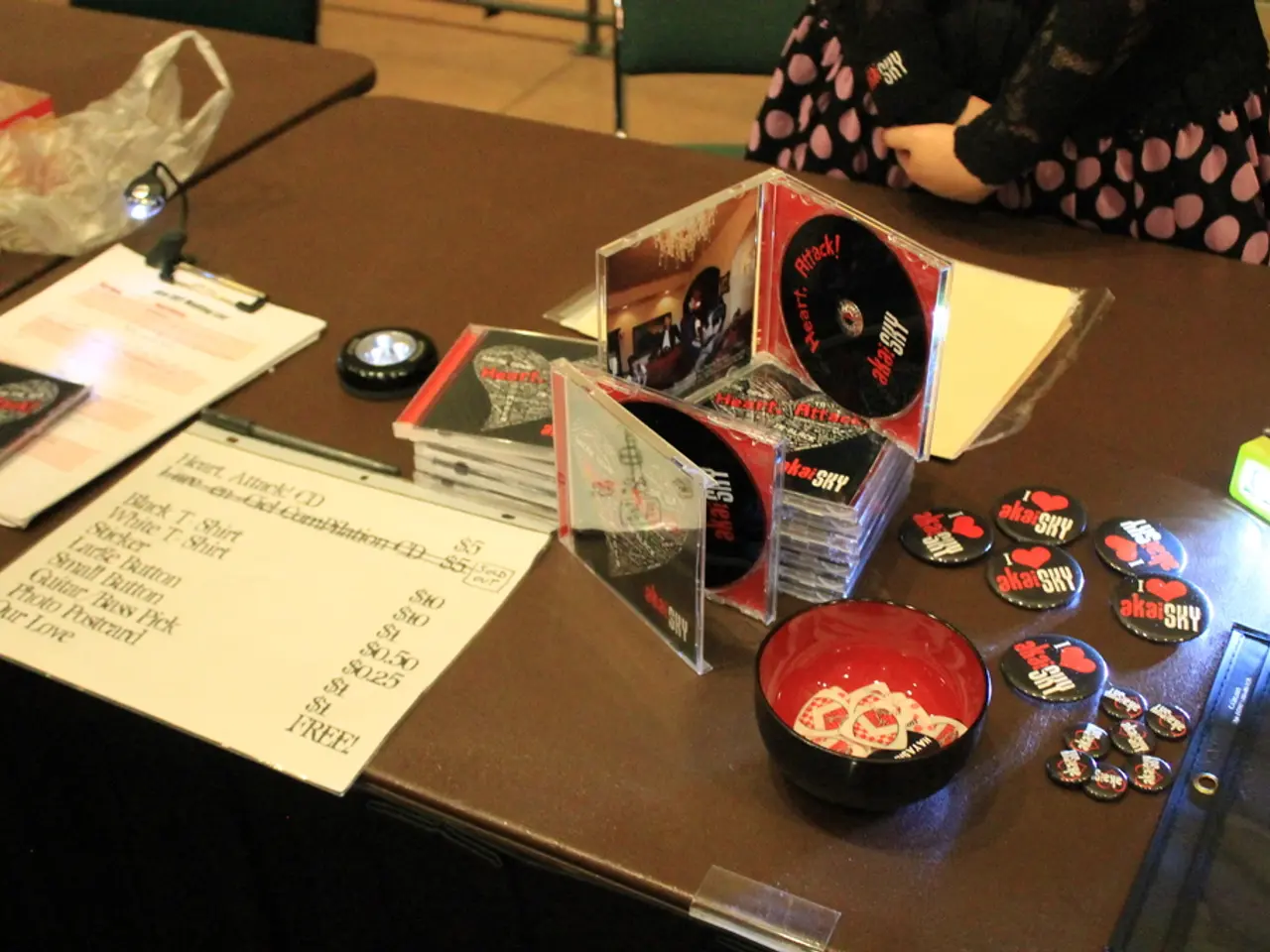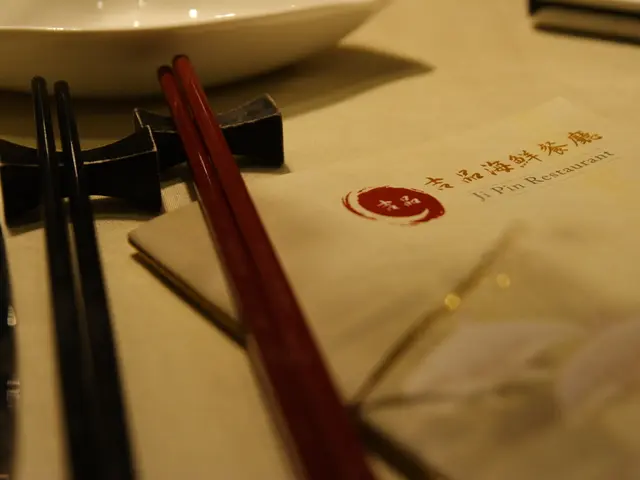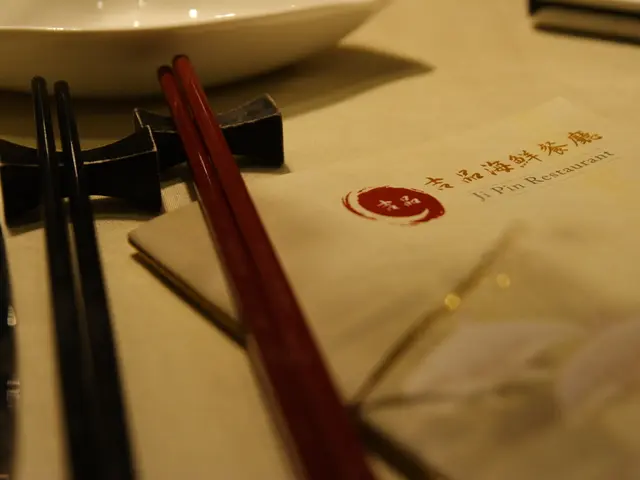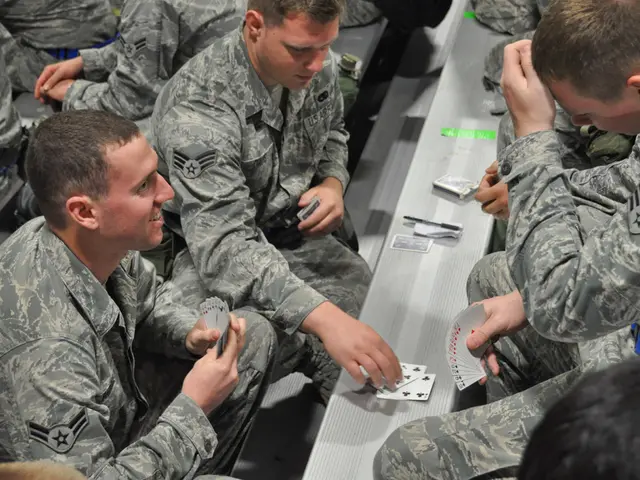R. Paul Wilson Discusses "Splashing the Move" - a Clandestine Strategy
In the world of games, both digital and physical, cheaters are always on the lookout for ways to gain an unfair advantage. Whether it's in private games of poker or online multiplayer arenas, these individuals seek to exploit weaknesses in the established order of play.
Unfair Advantages: The Cheater's Toolkit
Cheaters employ a variety of sophisticated methods to create an unfair advantage. In the digital realm, external AI-based aimbots use computer vision to detect enemies on screen and automatically aim or shoot with inhuman precision and reaction times. These aimbots bypass memory hacks by avoiding direct code injection. Other tactics include queue and matchmaking manipulation, lag switching, data manipulation, ghosting, and using scripts or macros to perform actions faster than a human could.
Blending In: The Art of Deception
To avoid detection, cheaters often blend into their surroundings and wait for an opportunity to present itself. AI aimbots mimic natural human aiming patterns to evade algorithmic detection based on input patterns. Cheaters may also submit hand-cam footage or controller logs proving natural input behavior to contest bans and appear legitimate during appeals. Repeated queue cancels or region switches are sometimes explained with legitimate latency or travel logs to counter suspicions of matchmaking manipulation. Blending in may also involve synchronizing actions with normal player behaviors or using subtle modifications that evade standard anti-cheat scans. Using alt accounts to alternate between normal and enhanced play also helps avoid raising red flags.
The Game of Poker: A Tale of Cheating
In the game of poker, cheaters may use sleight of hand, gaffed cards, loaded dice, crooked chips, or electronic devices to gain an unfair advantage. One common method is to beat the cut, where a partner makes the cut exactly where the dealer tells him to. Cheaters may also employ unconventional methods to steal chips, such as using a sticky substance called "check cop" and stacking chips to cover their actions.
The potential opportunity for cheating lies in the way the cards are passed across the table to be cut. By training himself to always cut a certain amount, the author noticed he could spot the top card of the lower half as a legitimate cut was completed. This method, known as "splashing the move," is a powerful way to introduce new actions and put even the most alert players at ease, providing the cheater with increased opportunities to steal.
The Arms Race Continues
The battle between cheaters and anti-cheat systems is an ongoing one. Cheats evolve to exploit technical vulnerabilities and behavioral blind spots while masking their activities to blend into the player base unnoticed. As new methods are developed to detect and prevent cheating, cheaters adapt and find new ways to gain an unfair advantage.
In some casinos, players were allowed to cut the cards, and the author would perform a false cut as practice for a potential future use with a crooked dealer. High-stakes advantage players may encourage tweaks in casino procedures in return for bigger bets and longer playing sessions, potentially giving them a powerful advantage against the house.
Changes, whether in games or everyday life, often occur due to tiny nudges that people are prone to accept. This same strategy is used in various forms of deception, where tiny changes in everyday situations can corrupt, convert, or change outcomes to varying degrees. As long as there are games and opportunities for deception, cheaters will continue to find ways to gain an unfair advantage, and the arms race between cheaters and anti-cheat systems will continue.
Cheaters in the world of casino-and-gambling, including poker, also employ deceptive methods to gain an advantage. The author, for instance, practiced a false cut of cards in some casinos, aware of its potential use with a crooked dealer. In the digital realm, blogs discussing casino-games might uncover strategies involving poker, casinos, and casinos-and-gambling, revealing the various tricks employed by cheaters, such as exploiting the cut to gain an edge, similar to the "splashing the move" technique mentioned in poker.





